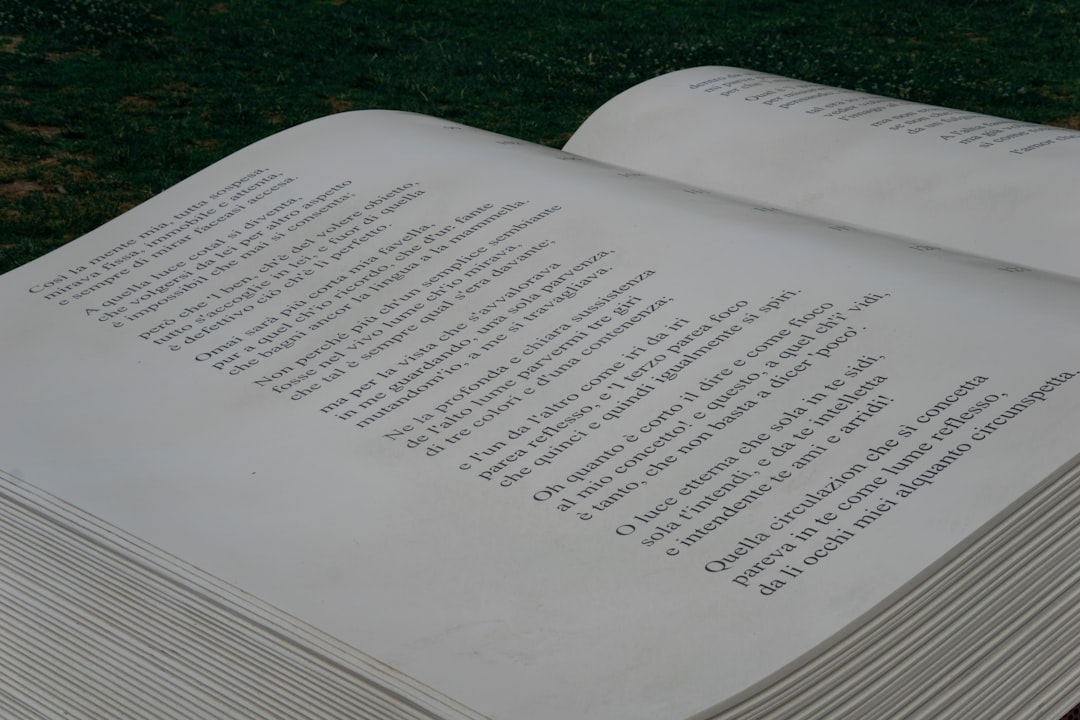When working with WordPress, optimizing your website for accessibility and search engines is crucial. One often overlooked yet powerful SEO element is the alt tag, or more accurately, the alt attribute of HTML image tags. This brief text is used to describe the content and function of images on a page. But a common question among WordPress users—especially those managing large blogs or eCommerce sites—is: Can you use different alt tags for the same photo in WordPress?
The short answer is yes, but the full explanation involves understanding how WordPress manages media and page-specific HTML.
Understanding Alt Tags in WordPress
When you upload an image to your WordPress Media Library, you have the option to define the image’s alt text. This is stored alongside the image metadata in the library. However, contrary to what some may think, this alt text is not permanently fixed in every placement of the image. The image itself is static, but how it is rendered on a page or in a post depends on the HTML output, which can be edited on a per-instance basis.

Static vs. Dynamic Image Metadata
The image metadata includes:
- Title
- Caption
- Alt Text
- Description
What’s important to understand is that while the alt text you enter in the Media Library becomes the default alt text for that image, it does not bind you to use it everywhere. WordPress will insert this default text when you add the image to a post or page using the block editor or the classic editor, but you’re free to change it contextually.
Why Use Different Alt Tags for the Same Image?
There are several reasons why using different alt text for the same image makes sense:
- Contextual Relevance: An image that appears in multiple blog posts may serve different purposes in each one. You can tailor the alt text to better match the surrounding content.
- Improved Accessibility: Screen readers rely on alt text for visually-impaired users. Offering meaningful variations enhances usability.
- SEO Strategy: Search engines crawl the alt text to understand what’s in a page. Using varied, keyword-optimized alt descriptions can help support diverse keyword targeting.

Using Different Alt Texts in the Block Editor
WordPress’ modern Block Editor (also known as Gutenberg) provides flexibility in setting custom alt text for each image block. When you insert an image, you will see an option in the sidebar labeled “Alternative Text (alt text)”.
If you change this value when inserting an image, you aren’t altering the alt text in the Media Library. Instead, you’re defining a new alt attribute specific to that image placement—meaning this text will reflect in the HTML output of the current page or post, and nowhere else.
This means that if you later use the same image in another post and define a different alt text, each instance of the image will have its own tailored alt attribute. This offers tremendous flexibility for site owners and content creators looking to optimize their content for both users and search engines.
What Happens When Using the Same Image in Multiple Locations?
When the same image is used in:
- Different Posts or Pages: You can assign different alt texts to each instance via the editor.
- Widgets or Custom Code: If you are using custom HTML or a theme feature to render images, any alt text must be manually coded.
- Shortcodes or Plugins: Some plugins allow dynamic or automated alt text insertion. Here, it’s a good idea to check documentation to see how alt attributes are handled.
Keep in mind, changing the alt text in the Media Library does not retroactively update every usage of that image—it only affects future insertions unless you go back to manually change existing image blocks.
Best Practices for Setting Alt Tags in WordPress
To get the most out of using different alt tags for the same image, consider these best practices:
- Make alt text descriptive – Describe the image’s content and purpose in simple, accurate language.
- Tailor to context – Adjust the alt text based on the topic or surrounding content of the page or post.
- Include keywords naturally – Alt attributes can support your SEO, but they should not be stuffed with keywords.
- Avoid redundancy – If an image is decorative and adds no informative value, you may leave the alt attribute empty (
alt="") to signal screen readers to skip it.
Plugins That Help Manage Alt Text
Several WordPress plugins can help manage or automate the alt text process:
- SEO Friendly Images – Automatically adds alt and title attributes to images.
- Image SEO Optimizer – Helps optimize alt and title tags to improve SEO rankings.
- Smush – While primarily an image compression plugin, it has features for managing alt descriptions too.
These tools are especially helpful for large websites with hundreds or thousands of images. Still, they can’t substitute for the context-specific value that manually defining the alt text provides.
Conclusion
So, can you use different alt tags for the same photo in WordPress? Absolutely. WordPress gives you the flexibility to apply custom alt attributes based on where and how an image appears across your site. Whether through the Block Editor or manual HTML, you can and should optimize each usage of the same image with contextually rich alt text. Doing so improves accessibility for users, provides better signals to search engines, and enhances your content’s value overall.
FAQ
- Can I change alt text for an image already published in multiple posts?
- Yes, but you need to manually update each post where that image appears. Alt text changes in the Media Library only affect new placements.
- Does changing the filename of an image change its alt text?
- No. The filename and the alt attribute are separate. Renaming the file will not affect the alt text set in WordPress.
- Is the alt text stored in WordPress’s database?
- Yes. The image’s default alt text is stored in the postmeta table with the image attachment. However, customized alt texts on each post are stored with the page or post content itself as part of the HTML block.
- Do search engines read alt text?
- Yes, search engines rely on alt text to understand what an image depicts. Alt text also plays a role in image search rankings and overall content relevance.
- Should every image have alt text?
- Not necessarily. Only informative images require alt text. Decorative images can have an empty alt attribute (
alt="") to enhance accessibility without adding screen reader clutter.
Proper use of alt text, including customizing it per image instance, is not just a technical SEO practice but a foundational part of building an inclusive, user-friendly website.



